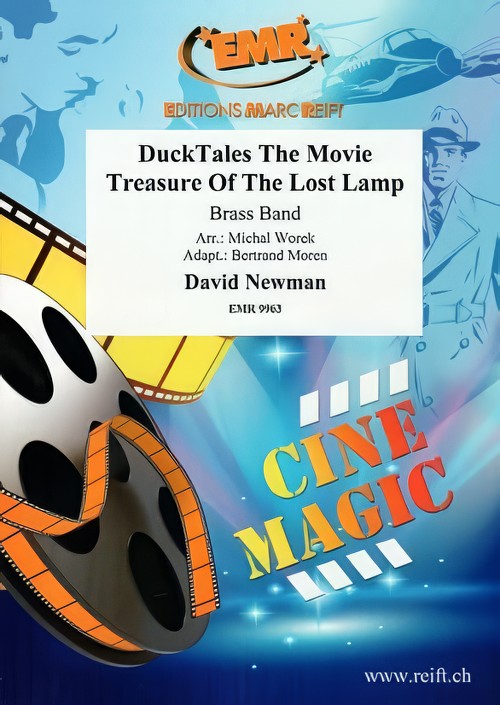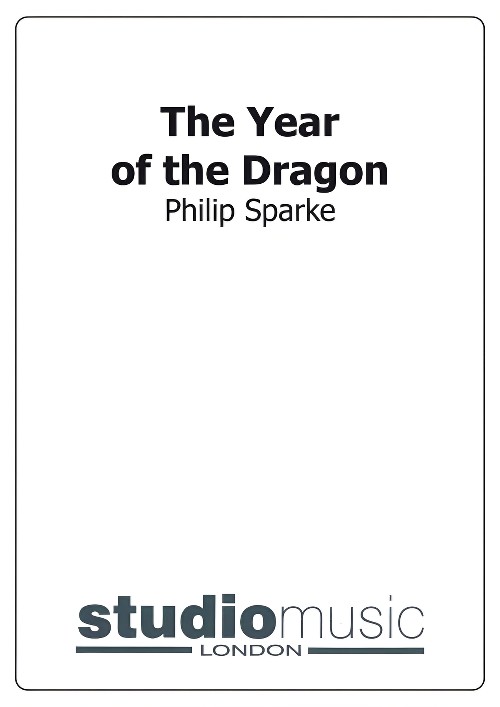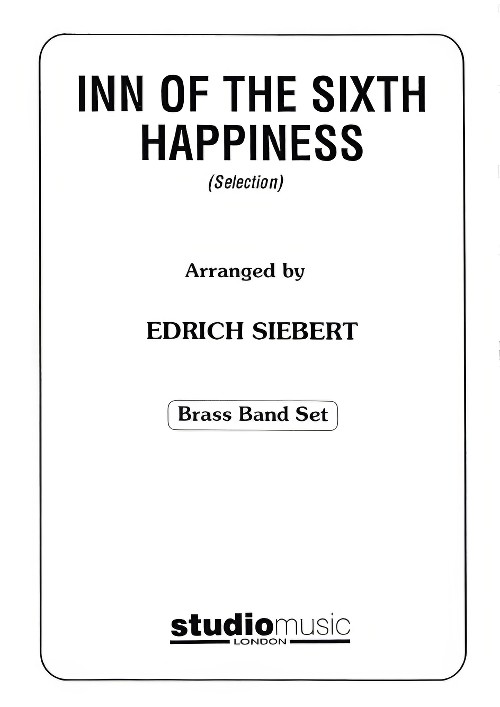Results
-
 £44.95
£44.95Spirit Of The Pioneers (Brass Band - Score and Parts) - Downie, Kenneth
This work was composed for the Canadian Staff Band for their 25th Anniversary celebrations in 1994, and was premiered at the Spring Festival in the Roy Thomson Hall, Toronto.
Estimated dispatch 7-14 working days
-
 £22.50
£22.50Spirit Of The Pioneers (Brass Band - Score only) - Downie, Kenneth
This work was composed for the Canadian Staff Band for their 25th Anniversary celebrations in 1994, and was premiered at the Spring Festival in the Roy Thomson Hall, Toronto.
Estimated dispatch 7-14 working days
-
 £50.90
£50.90CAROL OF THE DRUM, The (Brass Band) - Fernie, Alan
The Little Drummer Boy. Grade: Easy.
Estimated dispatch 7-14 working days
-
 £115.00
£115.00DuckTales the Movie: Treasure of the Lost Lamp (Brass Band - Score and Parts) - Newman, David - Moren & Worek
Includes:Crash LandingFinding the MapIce Cream SundeeThe Archaeological Society BallCops and RobbersDuration: 3.45
Estimated dispatch 7-14 working days
-
 £32.95
£32.95ENTRY OF THE GLADIATORS (Brass Band) - Fucik, Julius
Recorded on Polyphonic QPRL056D National Brass Band Championships of Great Britain and Gala Concert - 1992
Estimated dispatch 7-14 working days
-
 £54.20
£54.20SPIRIT OF THE SEASON, The (Brass Band) - Smith, Sandy
Includes: Just a Closer Walk; I'm On My Way; Deep River; Down By the Riverside; When the Saints. Grade: Medium
Estimated dispatch 7-14 working days
-
 £59.70
£59.70The Magic of the Beatles (Brass Band - Score and Parts) - Lennon & McCartney - Mabon, Cameron
Slightly reduced Brass Band instrumentation (no rep cornet, no 2nd horn, no 2nd trombone part)Includes:Ticket to Ride (intro)Ob-La-Di, Ob-La-DaA Hard Day's NightFool on the HillNorwegian WoodGet Back
Estimated dispatch 7-14 working days
-
 £74.95
£74.95The Year of the Dragon (Brass Band - Score and Parts) - Sparke, Philip
Butlins 2018 Champsionship Section.Recorded on Polyphonic QPRL051D EUROPEAN BRASS BAND CHAMPIONSHIPS 1992.Movement 2 Recorded on Polyphonic QPRL227D SHOUT! (Brett Baker - Trombone & the PolySteel Band)
Estimated dispatch 7-14 working days
-
 £37.95
£37.95The Year of the Dragon (Brass Band - Score only) - Sparke, Philip
Butlins 2018 Champsionship Section.Recorded on Polyphonic QPRL051D EUROPEAN BRASS BAND CHAMPIONSHIPS 1992.Movement 2 Recorded on Polyphonic QPRL227D SHOUT! (Brett Baker - Trombone & the PolySteel Band)
Estimated dispatch 7-14 working days
-
 £39.95
£39.95Inn of the Sixth Happiness (Brass Band) - Arnold, Malcolm - Siebert, Edrich
Selection of ThemesPlease note that this set comes with a condensed score
Estimated dispatch 7-14 working days
